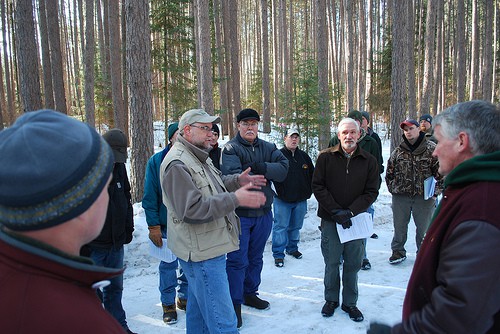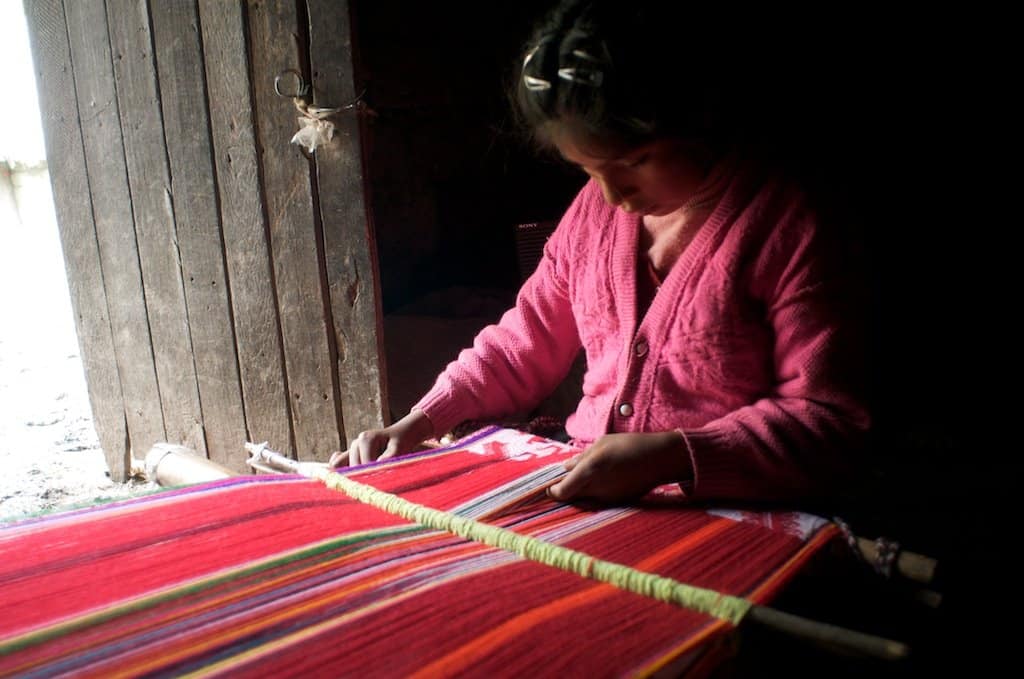They are “remembered landscapes.”
Nearly every weekend when I was growing up, my parents, my two sisters, our large family dog, and I would get in the car and head to my grandparents’ house in St. Maries, Idaho. The trip was usually pretty boring for a kid, but we always got excited when we got to the White Pine Scenic Drive in the St. Joe National Forest. The highway carved through the forest creating a tunnel effect, and in the middle was a sign along the highway that said “cool spring.” Even the dog somehow knew when we were getting close to cool spring. We’d stop, get a drink, walk into the woods a bit, and marvel at the dense trees with moss growing everywhere. Down the road was the tallest white pine tree in the world, but that was just a boring statistic to a kid. The statistics didn’t matter, but the place was special.
Today the sign is gone, cool spring is gone, and the trail has been expanded for motorized use. White pine is incredibly susceptible to blister rust and many trees have died. The large tree has fallen over. My dad and my niece got their picture taken by the incredibly huge roots. It doesn’t matter that the forest has changed, but the place will always be special.
When I was working in the Black Hills, I once talked to a county commissioner on the Wyoming side. She told me that when she was growing up, her dad loaded up the Studebaker and headed up a road that isn’t even recognized as a road today. They would reach a large meadow and have a picnic lunch. Today, that meadow is overgrown with dense small trees, and probably needs to be thinned. The place is special, but her experience is gone.
In Colorado, Monarch Pass feels like it’s on top of the world. From the top, you can see an expanse of trees that seems to go forever. For folks that have traveled on U.S. 50 from the east, this is their continental divide experience.
In the San Juan Mountains of Southwest Colorado, you can go on a hike from the desert to a meadow with a stream running through it, and look up at snow capped peaks as high as you can imagine. It’s unreal that you can see desert and tundra at the same time.
Social scientists often group participants in a forest planning process as members of a “community of place” or “community of interest.” I don’t have a direct economic or social stake in how forests in Idaho are managed. I don’t even live in Idaho any more, but I am still connected to a “place” in a forest along a 12-mile stretch of highway.
Before 1976, the Forest Service conducted “unit planning” with units roughly the size of ranger districts. In part to increase the working circle of potential timber harvest to assure a continuous supply, NFMA established Forest Plans. But Forests often were too big for the community of place. Then, the scale of planning grew even bigger. The St. Joe and White Pine Drive were administratively split between the Clearwater and the new monolithic Idaho Panhandle National Forests. The area around cool spring fell on the Clearwater side. The old Forest Plan put White Pine Drive in a scenic corridor management area, but the area was too small to show on the forest plan map. The Clearwater has now combined with the Nez Perce to complete one large planning effort.
The area in the Black Hills fell into an inventoried roadless area subject to the 2000 roadless rule. Monarch Pass was designated in the Westwide Energy Corridor EIS as an important corridor. The multi-state decision doesn’t mention how the corridor entirely covers the Monarch Pass Ski Area.
Forest planners have discovered that place matters. The Medicine Bow-Routt-Thunder Basin has done three plans. The Pike-San Isabel-Cimarron-Comanche will do two. There are some excellent examples of place-based planning in the Beaverhead-Deerlodge, Chugach, and GMUG forest planning processes, where forests are subdivided into “places” for planning. These were discussed in a 2003 workshop in Portland. The authors note:
“Place-based planning” refers to land and natural resource planning efforts that bring together diverse human values, uses, experiences, and activities tied to specific geographic locations. Although planning efforts have always focused on specific places through land use zoning frameworks, place-based planning is different from other types of approaches. For example, whereas land use zoning segregates dominant uses from one another on the landscape, place-based planning takes a more holistic approach, focusing on identifying current uses, values, and meanings. In addition, place-based approaches tend to take a longitudinal perspective, exploring desired future conditions for the landscape. This approach enables participants to identify a variety of uses that might occur concurrently rather than designating one primary use for the upcoming 10 to 20 years.
Some commentators are concerned that place-based planning and the new emphasis on collaboration are putting National groups at a disadvantage. Ohio University political science professor Nancy Manring wrote a paper in 2004 about the 2005 planning rule provision that replaced the appeals process with an objection process. She observed:
“McCloskey (2000), Coggins (2001), Foster (2002), Hibbard and Madsen (2003) and Kenney (2000) all have argued that collaboratives may maximize community-based interests at the expense of national stakeholders and values. As Weber (1999, p. 482) cautioned, “The danger is that such communities will develop a sense of themselves apart from and to the detriment of the nation.” No doubt, it will be easier for communities to develop a separate sense of themselves if representatives of national interests and values are not physically present at the negotiating table. The potential tensions between local and national values – between the communities of place and the communities of interest – are thrown into sharp relief by the realities of collaborative planning without the traditional appeals process as a safeguard. “
At the beginning of the planning process for the San Juan Forest Plan Revision, participants at public meetings were given sticky dots to place on a map. There was even a parallel process on the web, where you could put a computerized dot on the map. The idea was that participants could identify their special places, and where resource conflicts might occur. These sticky dots were used in drawing the the forest plan map. The Plan will use geographic areas as big as ranger districts, and within the areas, there are subdivisions displayed by using eight development “themes.” A final Plan is expected next year.









